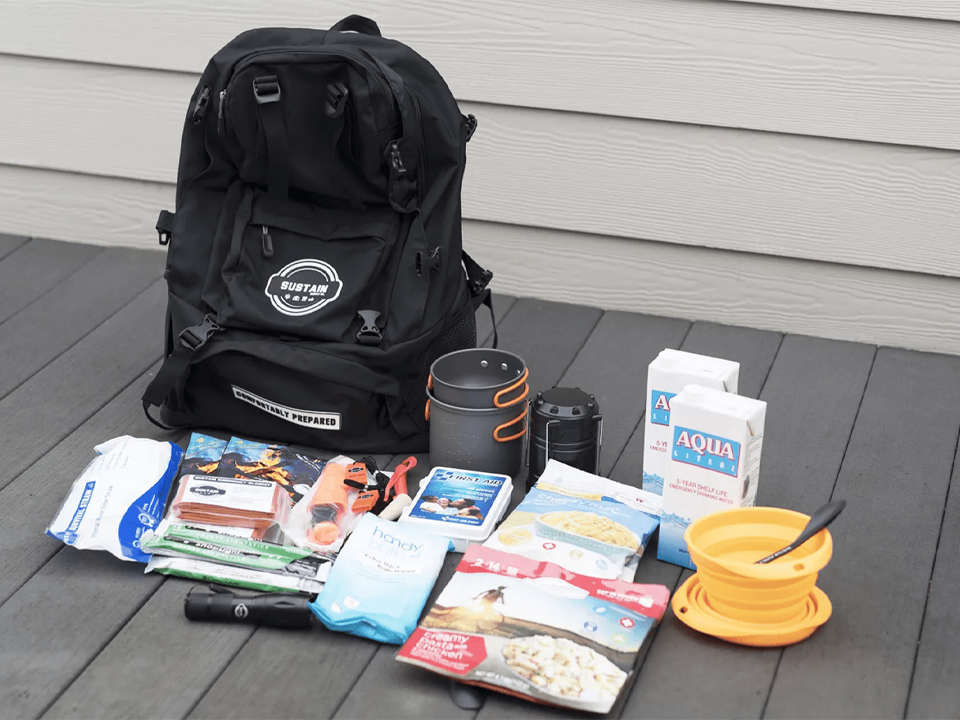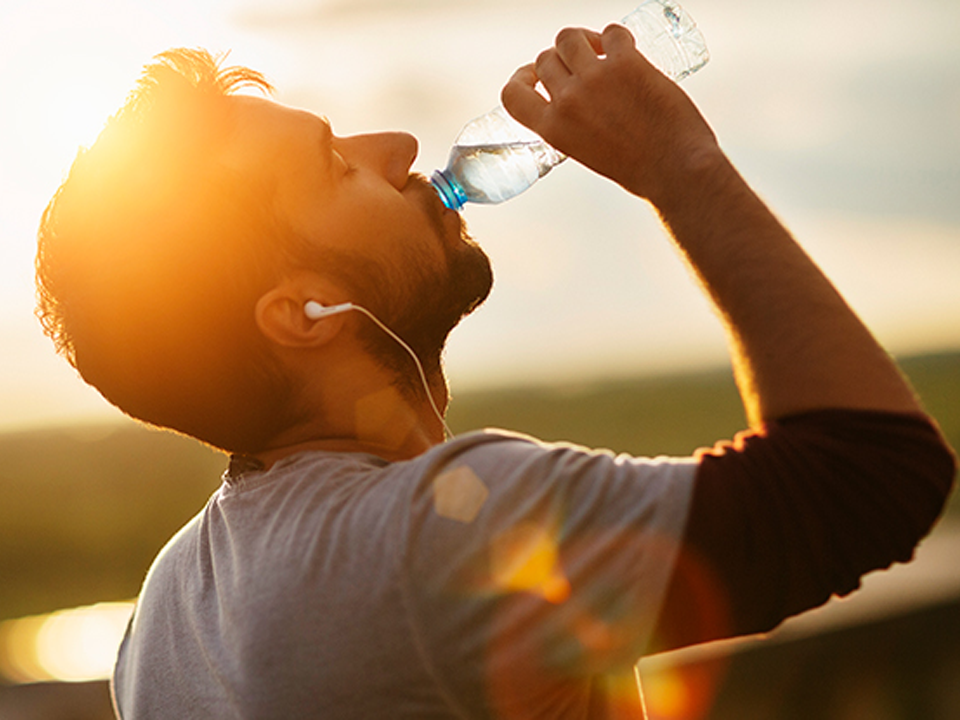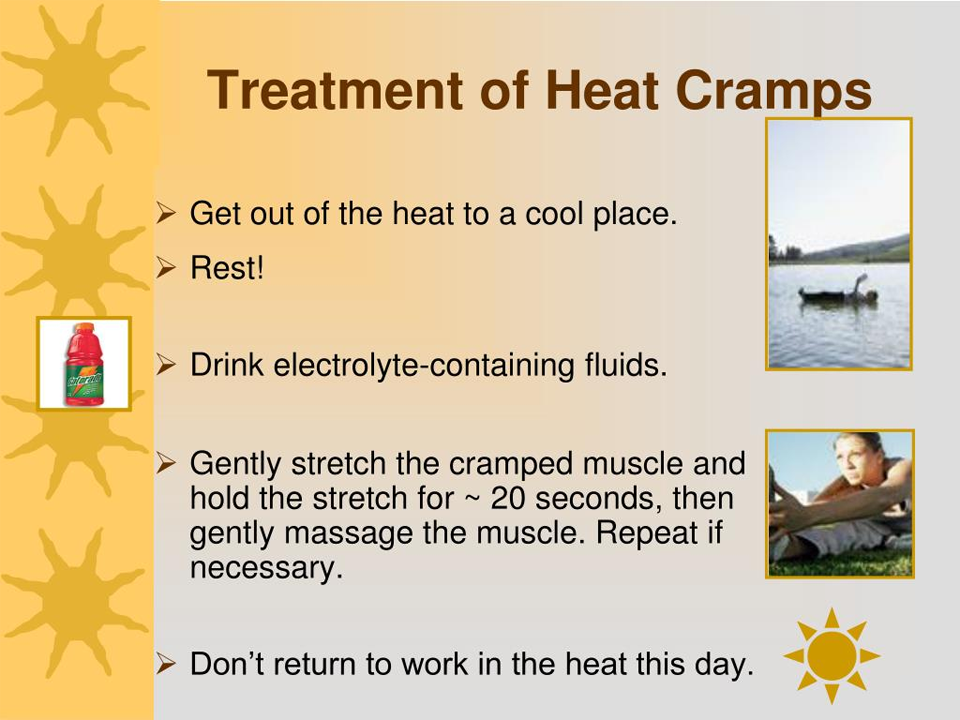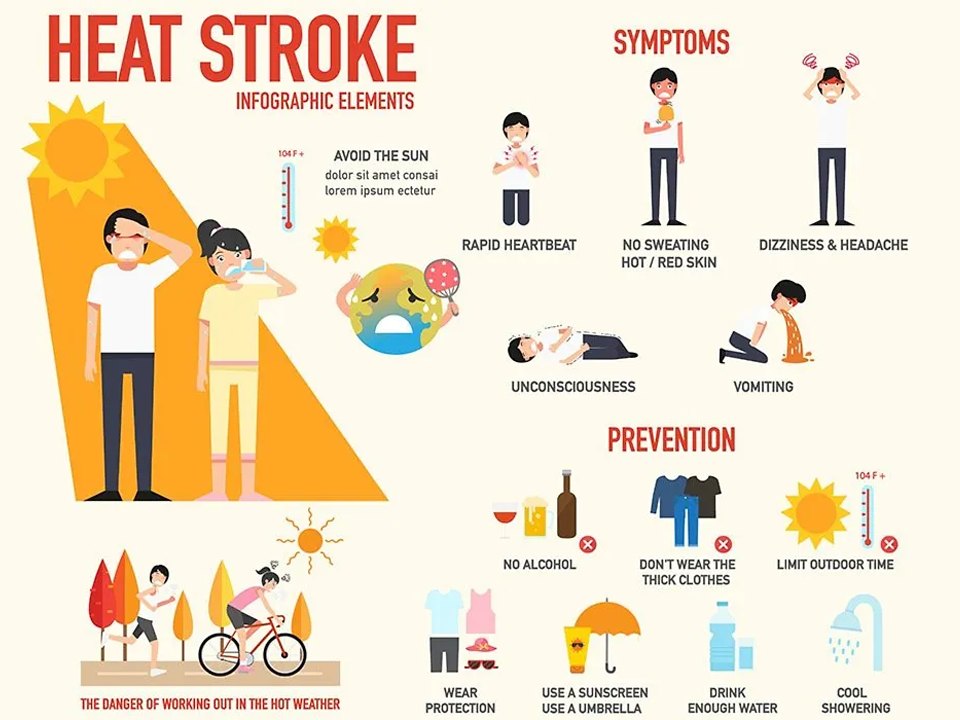Extreme heat is the most dangerous type of severe-weather event in the U.S., but we can take action to prepare our loved ones and communities for extreme heat events and related power outages. Learn what to do before, during, and after to help keep everyone safe and healthy.
Ensure you know the types of notifications you will receive and what to do when you receive them. The National Weather Service issues heat advisories and excessive heat warnings when unusual periods of hot weather are expected. Listen to local weather forecasters. You may hear these terms when a heat wave is predicted in your community:
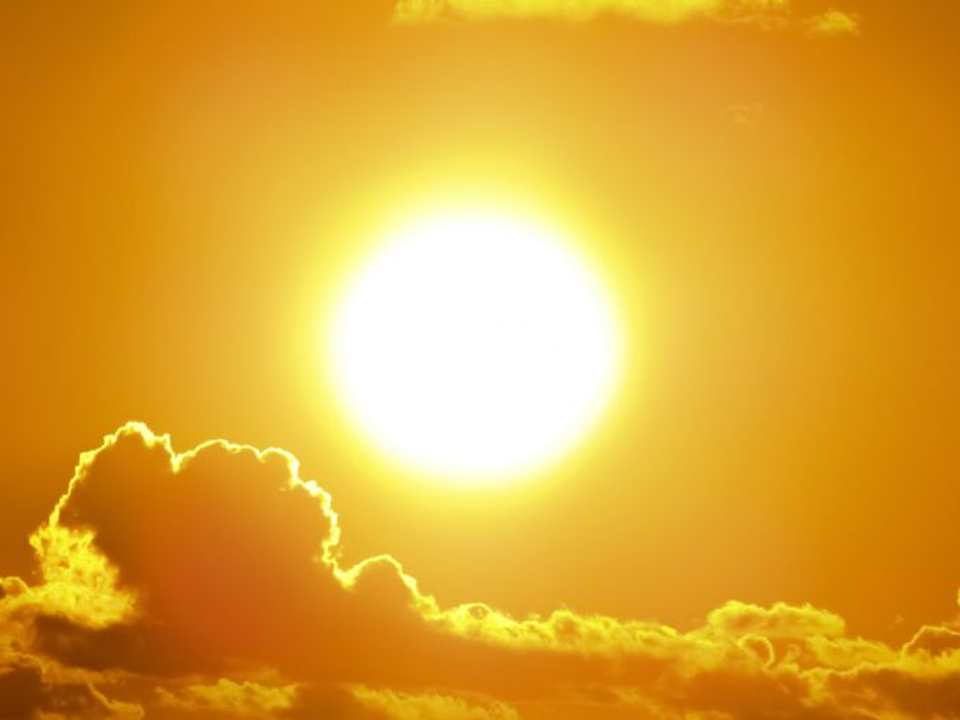
Excessive Heat Outlook
Be Aware! An excessive heat outlook is issued when the potential exists for an excessive heat event in the next 3- 7 days. It provides information to individuals who need considerable lead time to prepare for the event.

Excessive Heat Watch
Be Prepared! A heat watch is issued when conditions are favorable for an excessive heat event in the next 24 to 72 hours. It is used when the risk of an extreme heat event has increased, but its occurrence and timing is still uncertain.

Excessive Heat Warning/Advisory
Take Action! An excessive heat warning or a heat advisory is issued within 12 hours of the onset of extremely dangerous heat conditions. Take precautions immediately to avoid heat-related illnes



